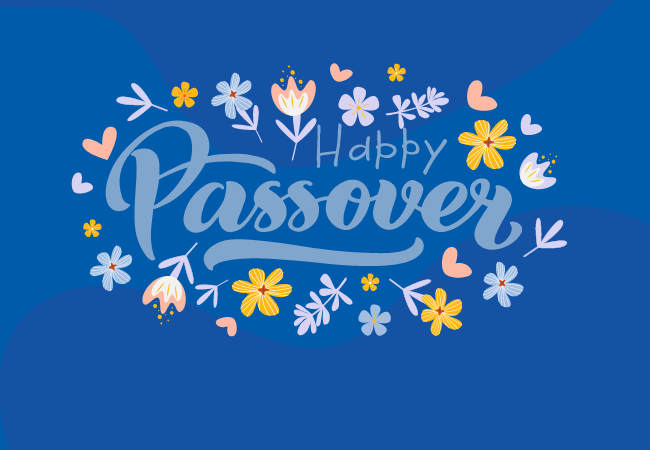All About PESACH (Passover)
During Passover, every generation reads, remembers, and in many ways relives an important part of our history. Exploring the sense and journey of exile. We do not read only to remember what our ancestors went through, but to create an important practice. Bringing the story into our own time, into own lives – from then to now, from slavery to freedom.
The Seder itself is an important part of this practice. Involving all the senses – the smells, touch, and tastes of the symbolic foods – the whole tradition is designed to help us live into the stories.
At the core, Passover is how we live among one another into each moment. How we can support each other, and be a resource to one another in the ongoing journey toward liberation.
May we move past our own constrictions and habits and move towards greater liberation individually and collectively.
Rabbi Hugh Seid-ValenciaSenior Director of Collaborative Leadership and Jewish Engagement



The Back Story
Passover, or Pesach in Hebrew, is one of the three major pilgrimage festivals of ancient Israel and commemorates the Exodus from Egypt. Its name comes from the miracle in which God “passed over” the houses of the Israelites during the tenth plague. Centered on the family or communal celebration of the seder (ritual meal), Passover is one of the most beloved of all Jewish holidays.
The origins of Passover lie in pre-Israelite spring celebrations of the first grain harvest and the births of the first lambs of the season. In the Jewish context, it celebrates God’s great redemptive act at the time of the Exodus, leading the Israelites out from slavery in Egypt to freedom. Together with Shavuot (the Festival of Weeks) and Sukkot (The Festival of Booths), Passover is one of the three ancient Israelite pilgrimage festivals, during which adult males journey to the Temple in Jerusalem to offer sacrifices and bask in the divine presence. Since the destruction of the Second Temple in 70 CE, the focus of Passover shifted to the ritual meal, called the seder, which normally takes place at home.(“My Jewish Learning”)
How We Celebrate Pesach
No Chameitz for those who keep kosher. For the duration of the Passover holiday, leavened food made from the 5 grains (wheat, barley, spelt, rye, and oats) is forbidden from consumption, benefit, and even ownership.
Matzah: A simple unleavened bread which carries dual symbolism. Firstly, it recalls the haste of our ancestors leaving Egypt during which there was no time for dough to rise.It is also the bread of affliction and poverty, reminding us of our historical hardship and sensitizing us to those still in need.
Passover Seder: Seder means order, and refers to the highly structured ritual meal eaten on the first (two) night(s) of Passover. The focus of this meal is not the food but the fixtures; the various rituals and symbols, the story/re-enactment, and the shared multi-generational experience which ensures that our Jewish legacy successfully transmits from one generation to the next. A good Hagaddah (a Seder guidebook) is an invaluable tool to a successful night, along with pre-planning by the Seder leader and implementing unique family customs.
Seder Plate – A central symbolic object present on the table throughout the meal, traditionally containing egg, Marror and Chazeret (bitter vegetables like horseradish and romaine lettuce) Zeroah (a roasted shankbone), Karpas (a vegetable, often parsley), Charoset (a mixture of apple, wine, and nuts).
Four cups of wine – Spread throughout the Seder, these four cups serve to symbolize the four promises of redemption God gives while liberating us from Egypt.
Mah Nishtanah/The Four Questions – A scripted experiential tool used to teach children (and remind ourselves of) the enduring secret of Jewish engagement – authentic curiosity coupled with a readiness to always ask questions, seek personal growth, and aspire toward understanding.
10 Plagues – One of the most dramatic moments of the Passover seder comes with the recitation of the 10 plagues that God brought on the Egyptians to persuade Pharaoh to free the Israelites from slavery. As we recite each plague, we spill a drop of wine in recognition.
Afikoman – Symbolic of the Korban Pesach – the paschal sacrifice, this portion of Matzah is to be the last thing eaten on Seder night. Many families have personal customs around the Afikoman (ex: hiding it for children to find) designed to involve children and keep them engaged and awake into the late night.





